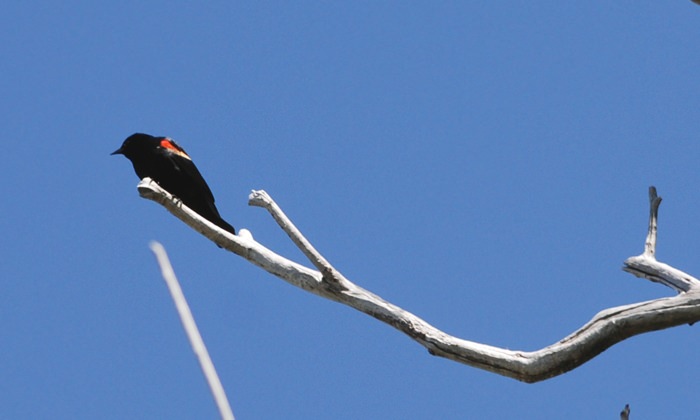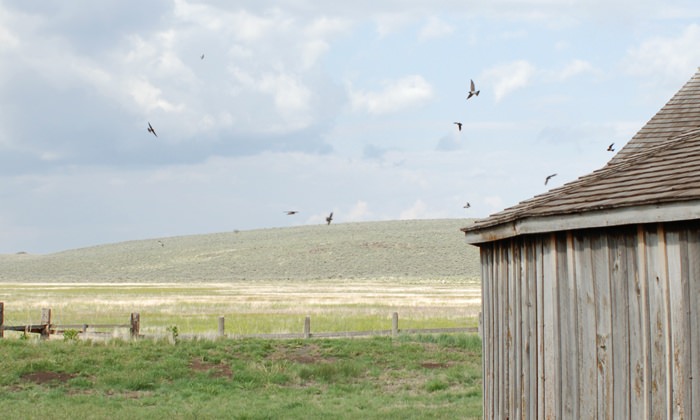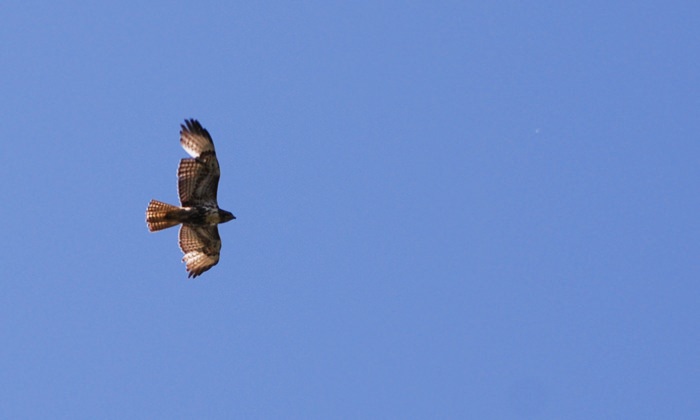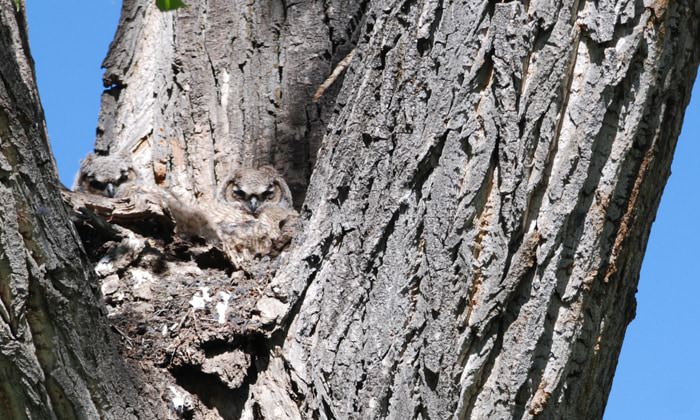Eastern Oregon’s Malheur National Wildlife Refuge is famous for migratory birds. My wife Krista and I loved our recent bird watching trip to the refuge just south of Burns. During a long weekend in early May, we spotted more than 90 species of gorgeous birds, including great horned owls, burrowing owls, short-eared owls, sandhill cranes, golden eagles, long-billed curlews, American white pelicans, black-necked stilts, cliff swallows and yellow-headed blackbirds. Lots of other wildlife added to the show too, including pronghorn, mule deer, adorable little ground squirrels and even an American badger.
At first we were concerned that warmer, drier weather in recent years had reduced the size of the area’s lakes and made the birds move on. Fortunately the available water resources are well managed and the birds were still abundant. A drive and short hike up the Center Patrol Road with our binoculars quickly revealed many interesting species, including abundant red-winged blackbirds with their lilting calls, pheasant, American avocets and cinnamon teals.
Good places to stay in the area include the historic Frenchglen Hotel, which is an Oregon State Parks site adjacent to the refuge that we enjoyed very much. It’s not fancy, but quite cozy, and the owners serve delicious breakfasts and “family-style” dinners. The historic Hotel Diamond in nearby Diamond is another great option, as is the lovely Page Springs Recreation Site (for camping and RVs) in the Blitzen Valley, managed by the BLM.
A hike through the stunning Blitzen Valley yielded one of our most exciting discoveries on the trip: yellow-breasted chats, which are charming, large song birds that many scientists believe are related to warblers. Less common in Oregon and difficult to spot because they are shy and usually hang out in dense shrubs, they were likely migrating back from Mexico and Central America. The chats were one of a number of new species we found on the trip that we added to our “life lists.”
Many recognize the Malheur National Wildlife Refuge as the site of a month-long occupation in early 2016, but really it has been famous among wildlife lovers — especially birders — for a lot longer. The refuge is an important part of the Pacific Flyway, used by more than 320 migratory and resident bird species, many of whom travel as far north as the Arctic and as far south as South America.
In the late 1800s, plume hunters nearly wiped out the region’s bird populations in a quest to sell feathers for ladies’ hats. In 1908, wildlife photographers William L. Finley and Herman T. Bohlman discovered that most of the white heron on Malheur Lake were gone, a decade after plume hunting hit its peak. In response, the photographers teamed up with the Oregon Audubon Society to propose that a bird sanctuary be created in the area of Malheur, Harney and Mud lakes.
In 1908, President Theodore Roosevelt joined the conservation effort by creating what was known at that time as the Lake Malheur Reservation. Through the years the refuge has been expanded, now covering 187,000 acres of diverse wetlands, riparian areas, meadows and uplands in the center of the southeastern quadrant of the state.
While the refuge headquarters won’t reopen until August, the Malheur Field Station is once again open for visitors.
For more details from this trip and to share your own favorite Oregon experiences, visit ShareOregon.com.




